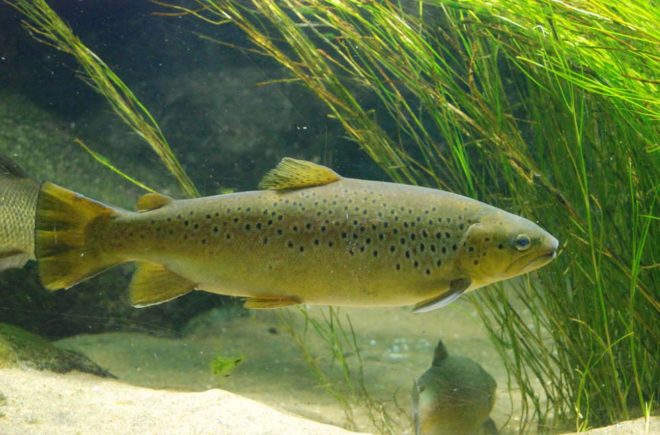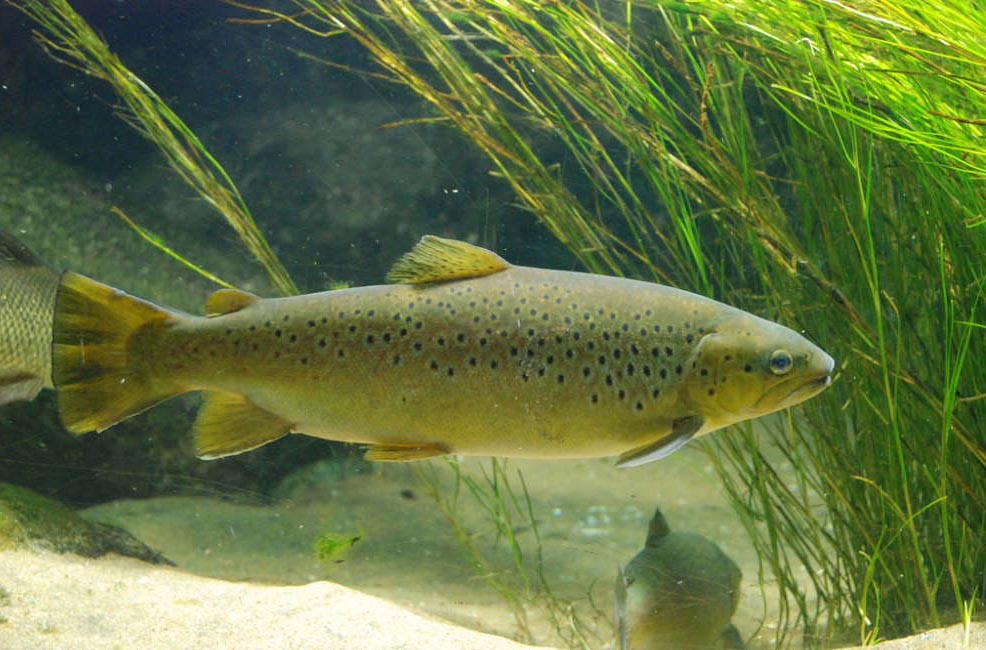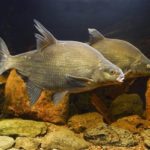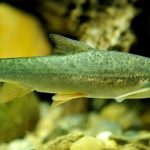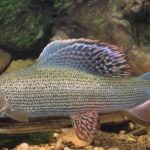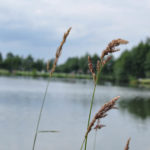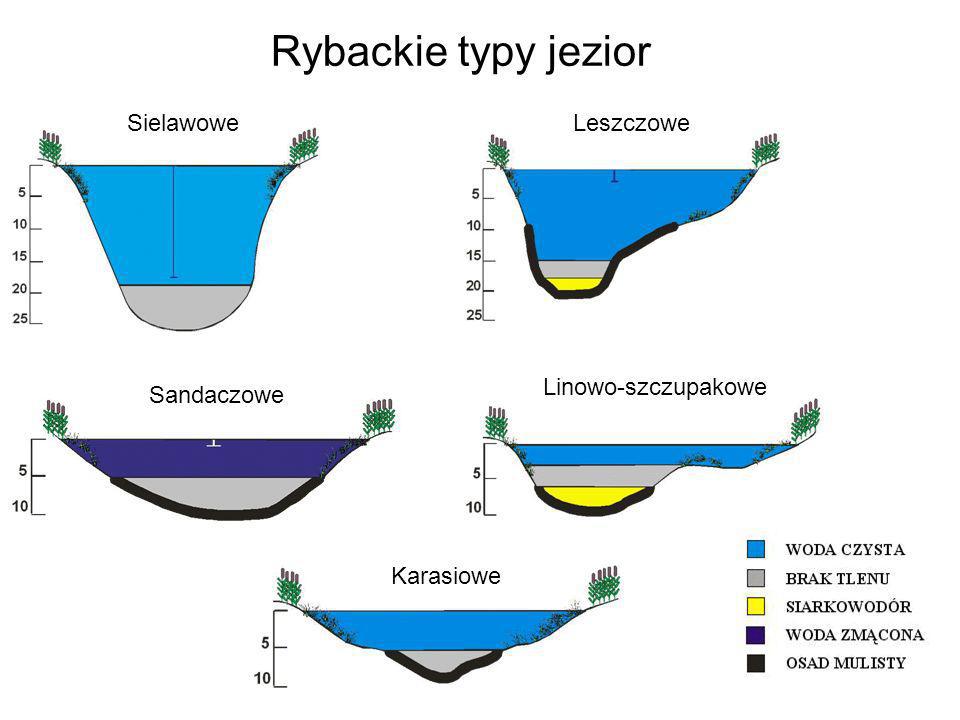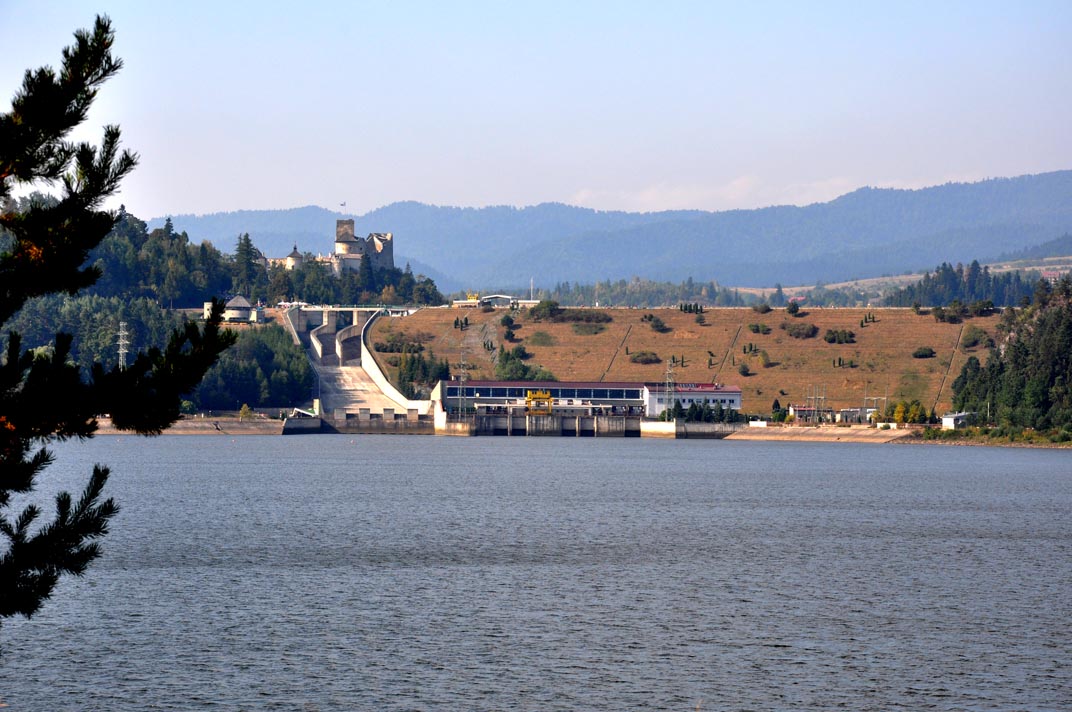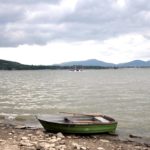Na charakter krainy pstrąga wpływają w decydującym stopniu warunki klimatyczne i spadek cieku; jej nieodłącznym atrybutem jest czysta, chłodna i dobrze nasycona tlenem woda. W naszych warunkach klimatycznych kraina pstrąga tworzy się przede wszystkim na terenach górskich i podgórskich. Stosunkowo duży spadek (często ponad 10 %) wpływa bezpośrednio na uformowanie twardego dna – żwirowego, kamienistego, rzadziej piaszczystego czy ilastego – pozbawionego osadów bagiennych. Dna, które w połączeniu z odpowiednim poziomym i pionowym ukształtowaniem łożyska gwarantuje odpowiednie natlenienie wody. Maksymalna temperatura wody jest różna w zależności od stosunków spadku i można ją określić granicznymi wartościami 16-18-20 °C. Zależnie od wielkości przepływu wody pstrągowe to cieki różnego typu, poczynając od strużek przez potoki do rzeczek. Naturalne cieki z reguły odznaczają się meandrowatością przy bogatym ukształtowaniu pionowym i obfitości przybrzeżnej wegetacji. W wyniku takiego uformowania powstaje dostatek różnorodnych kryjówek wykorzystywanych przez ryby.
W tak surowych warunkach mogą bytować tylko ryby szczególnie przystosowane, z tego też względu skład gatunkowy rybostanu wód pstrągowych jest ubogi. W ekstremalnych warunkach cieku wysokogórskiego utrzymać się może tylko pstrąg potokowy i głowacz pręgopłetwy, do których stopniowo (w niższych partiach) dołączają pstrągi źródlany i tęczowy, głowacz białopłetwy a jeszcze niżej śliz i strzebla. W najniższych partiach krainy pstrąga do grupy ryb towarzyszących mu dochodzą: lipień, kiełb, kleń, jelec, czasem też świnka, brzana, miętus i węgorz.
Wartość pokarmowa wód pstrągowych jest w porównaniu z pozostałymi typami wód stosunkowo niska. Spowodowane jest to całym zespołem czynników (zimna, bardzo wartka woda uboga w pokarm, podobnie ubogie w pokarm dno, najkrótszy okres wegetacyjny itd.). Dosyć ograniczony jest również asortyment podstawowych składników pokarmowych, a dotyczy to zarówno bentosu (larwy owadów dwuśrodowiskowych – jętek, kiełży, chruścików), jak również pokarmu opadającego na wodę (dojrzałe owady).
Wartość hodowlana wód pstrągowych jest bardzo zmienna, zależy od aktualnych warunków hydrologicznych (masa i równomierność przepływu), klimatycznych (długość i przeciętna temperatura okresu wegetacyjnego) oraz stosunków spadku (udział partii spokojnych, o lepszych warunkach pokarmowych, i partii o wartkim nurcie). Przyjmuje się ogólnie, że górskie bystrzyny o skrajnie wysokim spadku i najsurowszych warunkach klimatycznych są najuboższe.
W dół cieku, wraz z łagodnieniem spadu i ze stopniową poprawą warunków klimatycznych, zwiększa się żyzność wód pstrągowych. Powoduje to zwiększenie się biomasy organizmów, a także wzbogacenie składu gatunkowego.
O zróżnicowaniu żyzności cieków świadczą następujące przykłady: na 1 km górskiej strefy rzeki Nitry (Słowacja) przypadają 323 pstrągi, podczas gdy na takim samym odcinku podgórskim jest ich 1603; pięcioletni pstrąg z wysokogórskiego potoku (Wysokie Tatry) osiąga zaledwie 14 cm, a pstrąg w tym samym wieku żyjący w zbiorniku zaporowym (Zbiornik Hnilicki) jest czterokrotnie większy: ma 56 cm.
Konkretny stan ilościowy pstrągów w warunkach środkowoeuropejskich jest bardzo zmienny, bowiem obok przedstawionych wyżej czynników obiektywnych determinuje go także zbiór czynników subiektywnych (proporcje zarybiania i wyławiania, ochrona i in.). W przeciętnych warunkach możemy za orientacyjne wartości przyjmować:
– w ostrzejszych warunkach klimatycznych – 400-600 sztuk/km,
– w średnio sprzyjających warunkach – 700-900 sztuk/km,
– w bardzo korzystnych warunkach nawet ponad 1000 sztuk/km.
